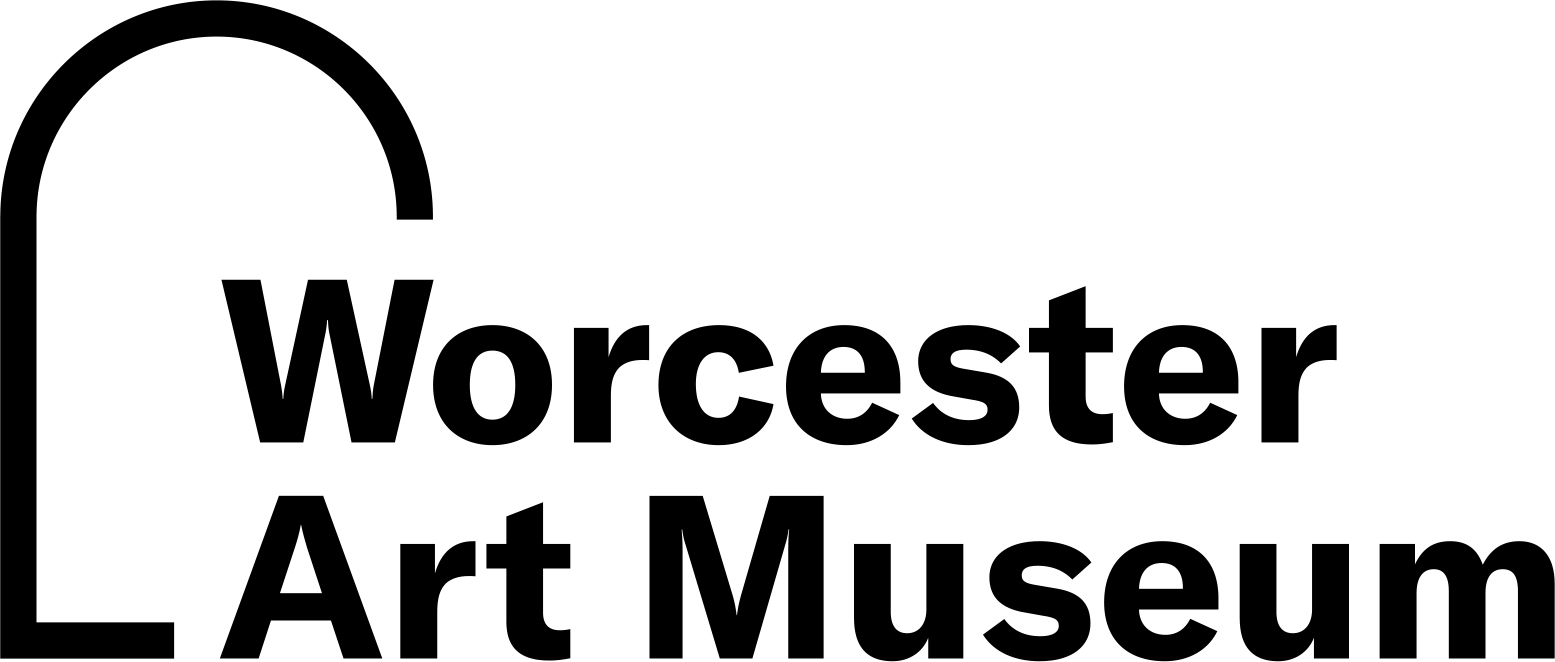Desk and bookcase (secretary)
Artist/Culture
Patrick Henry Reason
(American, 19th century)
Date1805–1820
Mediummahogany with various inlay woods
Dimensions230 x 122.6 x 64.5 cm (90 9/16 x 48 1/4 x 25 3/8 in.)
ClassificationsFurniture
Credit LineGift of Mr. and Mrs. Bradley B. Gilman
Object number1987.133
DescriptionBoston-Salem areaLabel TextBy about 1800 the slant-top desk of the Chippendale period had become old-fashioned. Instead, Federal cabinetmakers produced a new form that combined a writing desk with a bookcase above, inspired by the designs of prominent English cabinetmakers George Hepplewhite and Thomas Sheraton, among others. These impressive pieces were some of the most important forms made by cabinetmakers along Massachusetts’ North Shore between Boston and Salem. This particular example was probably intended as a gentleman’s secretary. Although it has not yet been attributed to any specific maker, it incorporates much of the vocabulary of Federal furniture. The façade is divided visually into geometric shapes by the various doors and drawers, by the panels of richly figured veneers, and by bands of inlays of contrasting light and dark woods. The turned wooden urn finials on the pediment are reproductions modeled after the originals, and the brasses are replacements.ProvenanceMr. and Mrs. Bradley B. Gilman, Kennett Sq., PA
On View
Not on view








